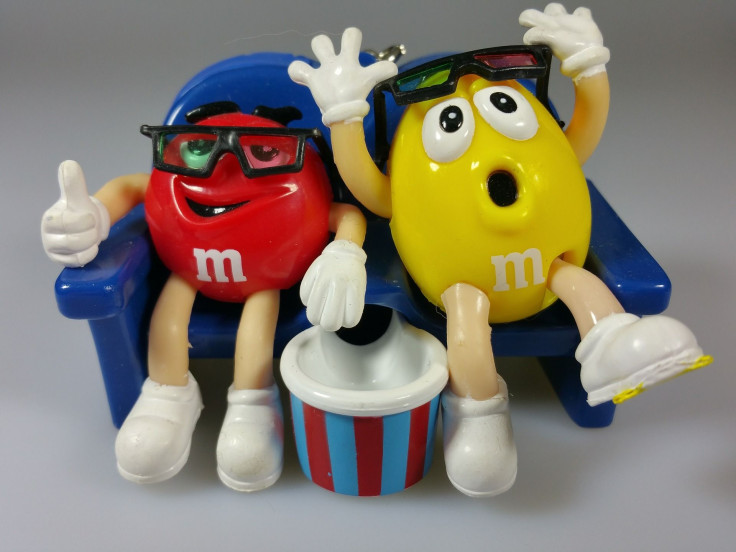Chemicals In Your Food: M&Ms Feeling Blue In Search For Natural Food Coloring

A list of naturally blue foods is pretty empty. Blueberries are actually purple and the blue soup from “Bridget Jones’ Diary” was created with a dyed string and a lack of attention to detail.
That can be a problem for companies looking to cut artificial ingredients from their food products, as part of a growing trend among manufacturers worldwide. In the case of candy company Mars, it is trying to naturally create the color for its blue M&M, according to a story in The New York Times Magazine.
“Unfortunately, you can’t just grind up a peacock feather,” Rebecca Robbins, the color-chemistry manager for Mars Chocolate, told that publication. The story even noted that General Mills upgraded several of its cereals without including the colors blue or green, given the difficulty of finding a solid alternative.
In addition to the chocolate and other ingredients like corn starch, milk chocolate M&Ms use Blue No. 1, a color additive the Food and Drug Administration approved in 1969. According to Scientific American, that food dye, called “brilliant blue,” was first derived from coal tar but is now more commonly made from an oil base.
That’s not to be confused with artificial Blue No. 2, which is typically used in textiles like denim.
Although blue dye is approved for general use in foods, Scientific American says, “The Center for Science in the Public Interest (CSPI) and other advocacy organizations have long argued that these and other artificial colorings may be linked to attention deficit disorder.”
A 2007 article in the medical journal The Lancet concluded that “artificial colours or a sodium benzoate preservative (or both) in the diet result in increased hyperactivity in 3-year-old and 8/9-year-old children in the general population.”
And The New York Times Magazine notes that experts are not entirely clear about how artificial dyes affect the human body. “Research shows that Blue No. 1 is the only dye that crosses the blood-brain barrier, which exists to protect the brain from toxins and pathogens. It enters the fluid inside the skull, but scientists know almost nothing about what it does once it’s there.”
Despite the suggestion of possible health risks, some are still skeptical. Roger Clemens, a food scientist and USC professor of pharmacology, told the L.A. Times the idea that the dye is harmful needs more clinical data to back it up.

In the search for a more natural alternative to blue food coloring, the answer may lie in the blue-green algae spirulina, an edible substance sometimes used as a supplement. Or not.
According to Scientific American, Nestle-Rowntree started making blue Smarties with the algae, and The New York Times Magazine reports that Mars is looking to do the same. But the magazine says “right now, there isn’t nearly enough spirulina dye to go around — and in any case, sometimes it doesn’t yield just the right blue, or the color degrades and comes out blotchy, or it tastes odd.”
There are other potential sources of blue dye in nature, but none has stuck yet. The work can be tricky because of its unpredictable nature: “The molecules hold on to remnants of the places where they grew — the minerals in the water, say, or the weather during a growing season — and sometimes those earthy, atmospheric residues look strange or taste and smell funky,” the Times reported.
Published by Medicaldaily.com



























